Exploring innovation in cold milk foam for coffee
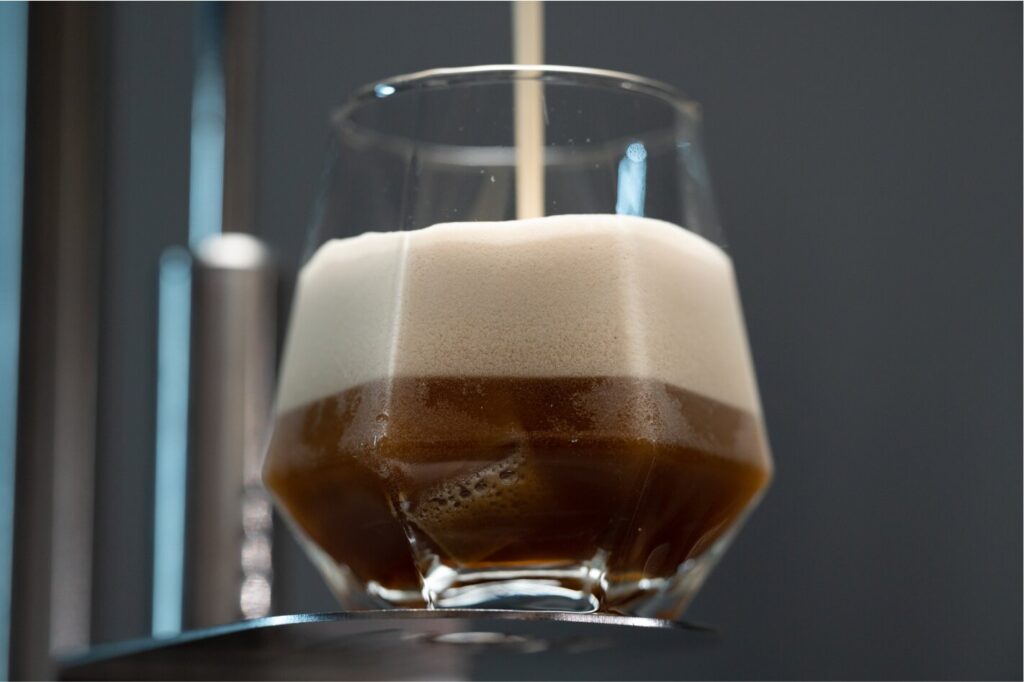
Over the past few years, cold coffee drinks have become a year-round staple in coffee shops the world over. In fact, in its 2022 Q2 sales report, Starbucks found that cold coffee beverages accounted for around three-quarters of its total drinks sales during that period.
The same goes for specialty coffee shops, which now serve a broader range of cold coffee drinks than ever before. But with such high demand for these beverages, coffee businesses need to look for new ways to diversify their cold drink options.
One of the most notable examples of how to do this is with cold milk foam – a fluffy and smooth (yet stable) topping for cold coffee drinks made popular by several coffee chains.
To learn more about how coffee shops can use cold foam, I spoke to four industry professionals. Read on for more of their insight.
You may also like our article on exploring the evolution of milk foaming technology in the coffee industry.
Using cold milk foam
Smooth and creamy milk-based coffee beverages, such as lattes and flat whites, are a firm favourite of many consumers around the world.
Cold milk foam beverages have also been popular for some time, too. Take for example the traditional Greek freddo cappuccino, which includes cold milk foam poured over shaken espresso and sugar.
It wasn’t until recently, however, that more and more coffee shops started serving cold milk foam. In 2014, Starbucks debuted its cold milk foam at the Seattle Reserve location, before rolling out cold foam across the US in the ensuing years. Five years later, UK coffee chain Costa Coffee also launched cold milk foam for some of its iced beverages.
Dhan Tamang is a six-time UK Latte Art Champion and the Global Brand Ambassador for Latte Art Factory – an automated milk foaming solution.
He explains why cold milk foam has become so popular.
“It’s such an easy customisation to add cold foam on top of any iced drink,” he tells me.
Enhancing texture
Vadym Saichuk is the Technical Support Manager at Frank Buna. He explains how cold milk foam can also improve both the texture and visual appeal of a drink.
“Creamy and smooth textures improve the overall taste experience for both hot and cold coffee drinks,” he says. “Cold milk foam in particular can be used to make creative, multi-layered drinks that are popular on social media, which can help attract new customers in turn.”
Considering visual appeal, this is especially important for younger generations who value a more “Instagrammable” aesthetic when it comes to coffee drinks. Similar to the nitro latte, cold milk foam’s smooth-looking texture is particularly popular among Gen Z consumers.
Peter Johanson is the Business Development Manager at Löfbergs, Sweden.
“Cold coffee drinks, especially ones with milk and flavourings, have proven to be an effective way to convert younger drinkers – some of whom don’t enjoy the taste of hot coffee,” he tells me. He adds that over the past few years, sales of cold coffee drinks have seen double-digit growth in countries like Sweden and Denmark.
How to make traditional cold foam
For drinks like the Greek freddo cappuccino, the most common way to make cold milk foam was to add a few cubes of ice to some cold milk in a shaker or mixer.
After vigorously shaking or mixing for a few minutes, you produce a thick and stable cold milk foam to add to cold coffee drinks. Baristas would usually spoon the cold foam onto the beverage, which would retain its thick texture and sit on top of the liquid.
Keith Loh is the Director of Caffeine Solutions in Singapore and Indonesia.
“Although it took a long time to make cold foam this way, it really made the drink taste and feel better,” he says. “Even if the foam was warm, it still added more texture to the beverage.”
Limitations with this method
Up until recently, using a shaker or mixer was really the only way to create stable cold milk foam. However, there are a number of limitations to using this technique.
First and foremost, this method works best with skimmed milk – especially when it’s already cold. This is because it has a higher protein-to-fat ratio, which is essential to create stable and thick cold foam.
This happens for a number of reasons:
When air is incorporated into the milk (whether through shaking or mixing), proteins disperse throughout the liquid and reduce surface tension
Proteins contain both hydrophilic and hydrophobic ends, which respectively are attracted to and repel water molecules
The hydrophobic ends of the proteins point inwards and away from water molecules to form strong bonds
The lack of fats in skimmed milk means the proteins can fully encase the bubbles formed while air is incorporated into the liquid. This means the foam is much more stiff and rigid
Ultimately, this means it’s difficult to make cold milk foam with certain types of milk – especially plant milks which don’t contain soy – using the traditional method. This is largely down to their variances in protein and fat content.
This technique can also be time consuming, which can impede service and workflow.
“Traditionally speaking, making cold foam can be finicky, and means baristas have more equipment to clean throughout the day,” Dhan tells me.
Vadym agrees, saying: “Using shakers, mixers, and blenders to create consistent and high-quality cold foam are usually labour intensive, and they need to be cleaned after each use.
“Because making cold foam doesn’t use heat, the equipment must be kept clean and sanitised at all times,” he adds.
What are the benefits of serving cold milk foam in beverages?
Given the growing demand for cold coffee beverages, it only seems obvious that specialty coffee shops need to find new ways to serve them.
Cold milk foam presents a viable opportunity to do this. Coffee businesses can diversify their menus and offer new sensory experiences for customers.
“We’re only starting to scratch the surface of the benefits of adding cold foam as an ingredient to drinks,” Keith says. “On a very basic level, if your iced latte – or any milk-based iced beverage – has cold foam on top, you are already one step above your competitors.”
He adds that there could be further possibilities to create and add thicker foam to more dessert-like beverages, or adding different flavours to cold milk foam.
Vadym agrees that cold foam can be a unique selling point for coffee shops.
“Cold foam iced lattes, as opposed to just milk and espresso poured over ice, can be a wow factor and a new experience for customers,” he tells me. “But it’s not just the milk that we can use to make cold foam.
“Baristas could also make cold coffee foam, such as freddo espressos or nitro cold brew,” he adds.
Equipment used to make cold milk foam
We’ve seen many automated solutions adopted across the coffee supply chain – from roasting and espresso machine technology to milk foaming solutions which don’t rely on steam.
For cold milk foam, meanwhile, automation is also starting to play a more key role. One solution is Latte Art Factory, which debuted at the 2023 Specialty Coffee Expo in Portland, Oregon.
“Latte Art Factory doesn’t use steam,” Dhan says. “It dispenses cold milk foam as low as 4°C (39°F) thanks to its patented air pump system.
“You can easily adjust the airflow of the pump, which then allows you to create a range of textures – from liquid to stable foam,” he adds.
Vadym explains how the system works: “For cold foam, milk is stored in the machine’s refrigerator system, which is set between 2°C and 5°C (35°F and 41°F). A heating system can also be turned on to create hot milk foam.
“Baristas are able to pre-set the amount of foam to be dispensed for each recipe and cup size to reduce milk waste,” he adds. “They can also choose between 32 different textures, and a mix of up to three presets per recipe.
“Latte Art Factory includes automatic calibration technology that assesses how much air each type of milk can intake, and then adjusts settings accordingly,” Vadym continues. “Different types of milk (including plant-based options) reach different consistencies, with some milks having a texture similar to soft serve.”
Improving consistency & minimising waste
As with many other automated solutions, it’s essential that systems which create and dispense cold milk foam help to improve consistency in texture, as well as efficiency and productivity.
“Consistency in any product is important,” says Keith. “All customers pay the same amount for the same drink, so they should also receive a consistent beverage every time – that’s a basic requirement that baristas and business owners should strive for.”
In addition to this, reducing milk waste is also important – for both profitability and sustainable reasons. Automated solutions are often much more accurate and efficient at dispensing correct volumes of milk for different drinks. Over time, this can help coffee shop owners save money.
Many automated milk foam solutions also include integrated cleaning and maintenance systems.
“It takes around 30 seconds to clean the Latte Art Factory at the end of each day, and it cleans itself in just 20 minutes,” Vadym concludes.
Given how milk foaming has evolved in recent years, it’s only natural that the specialty coffee industry embraces innovation for cold milk foam specifically.
Moreover, given how popular cold coffee drinks are, we’re sure to see even more innovation in creating cold milk foam in the coming years.
Enjoyed this? Then read our article on why milk foam disintegrates.
Photo credits: Latte Art Factory
Perfect Daily Grind
Please note: Frank Buna is a sponsor of Perfect Daily Grind.
Want to read more articles like this? Sign up for our newsletter!
The post Exploring innovation in cold milk foam for coffee appeared first on Perfect Daily Grind.
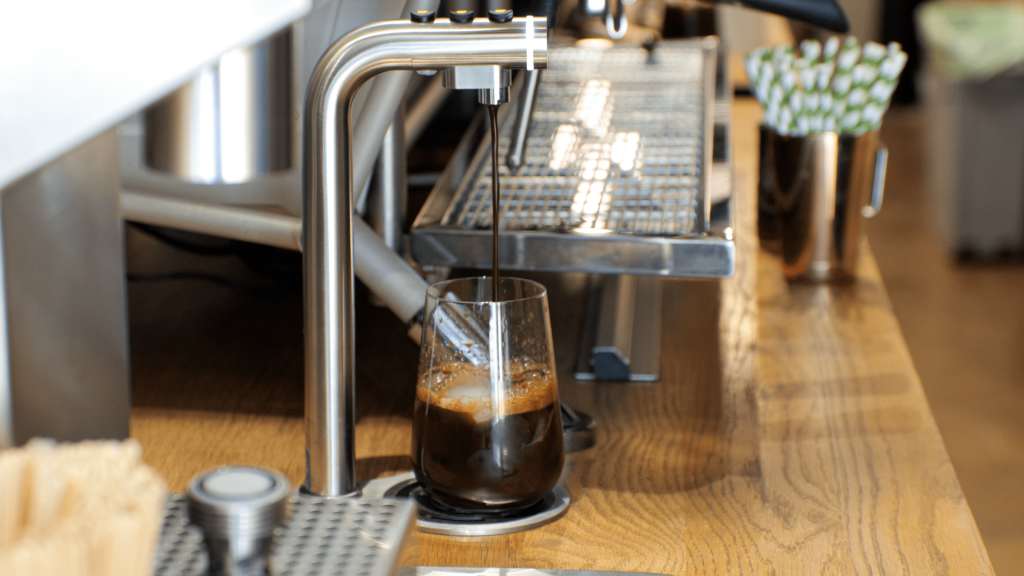
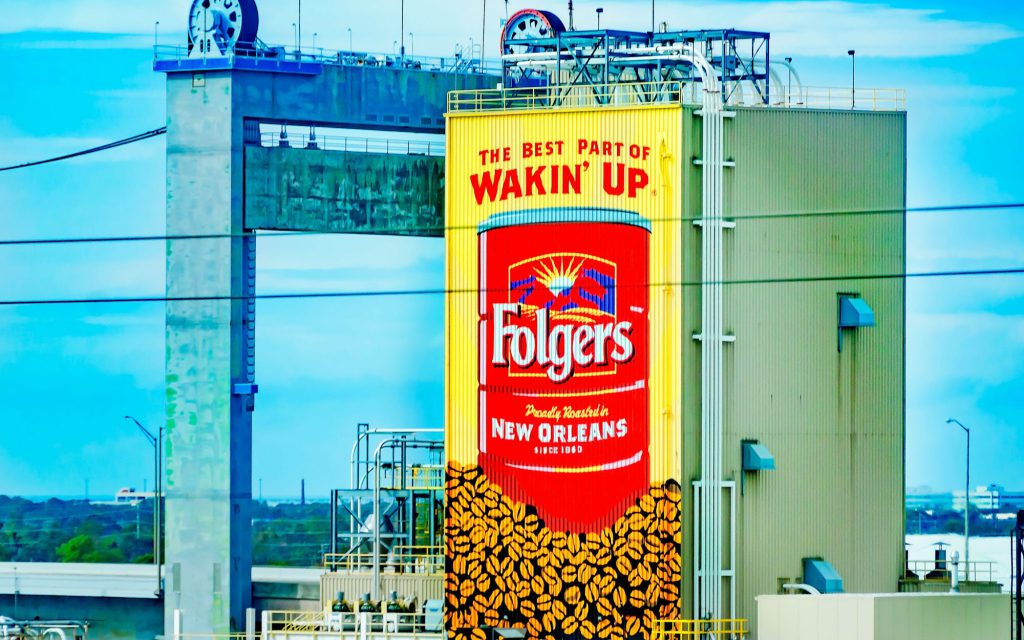
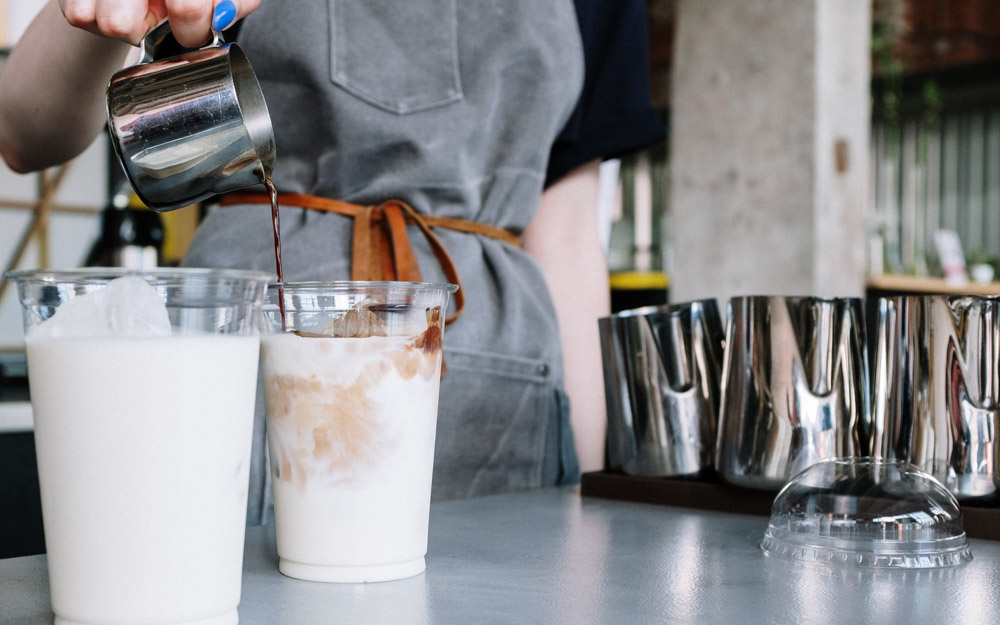

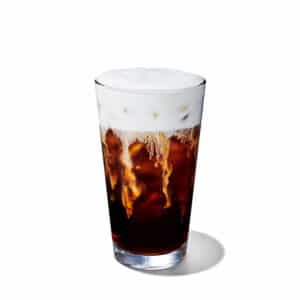
Responses